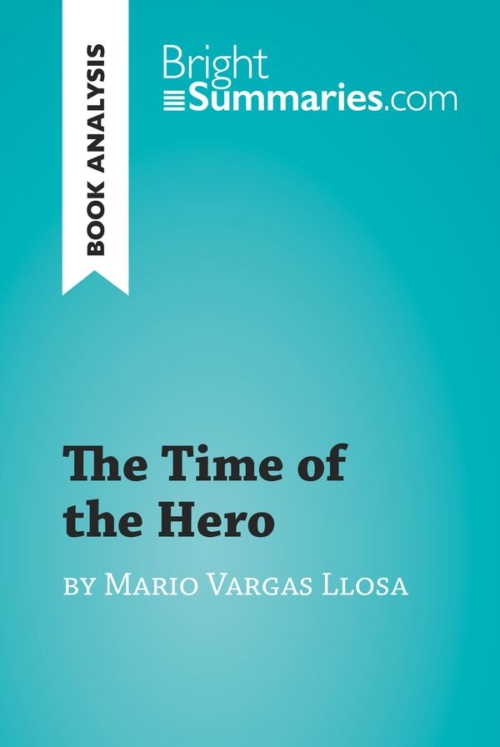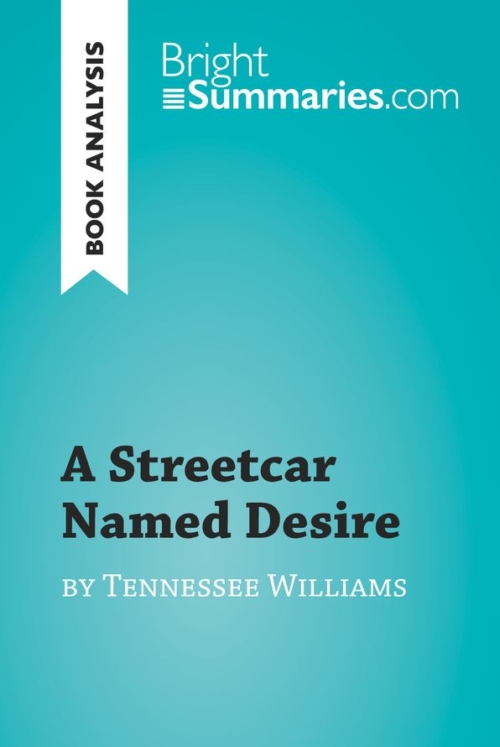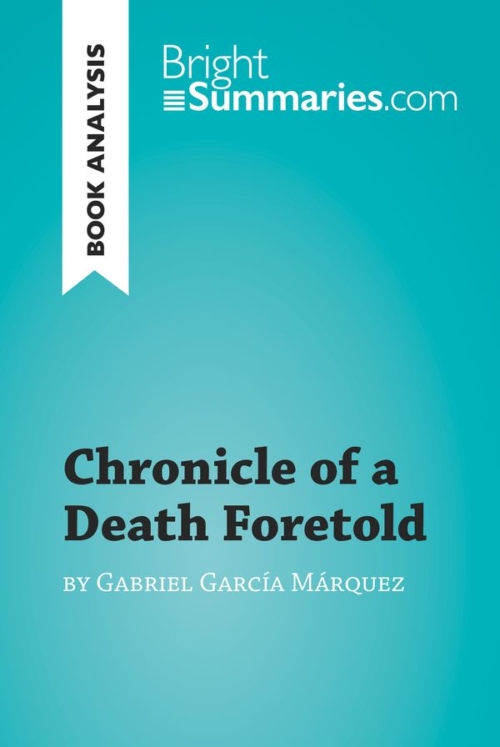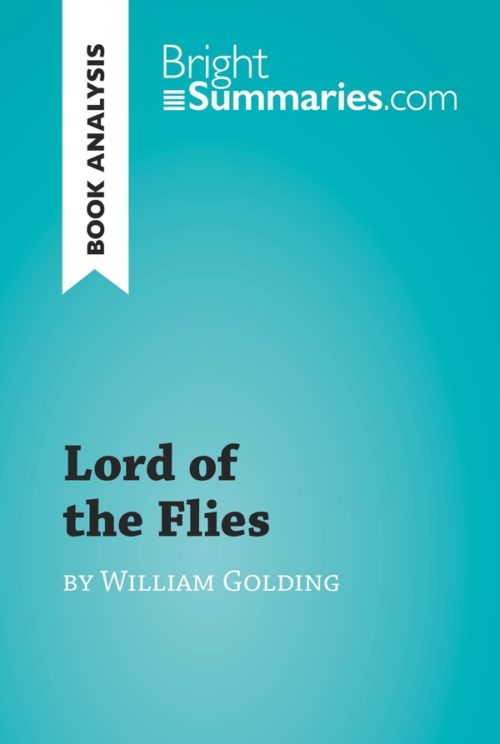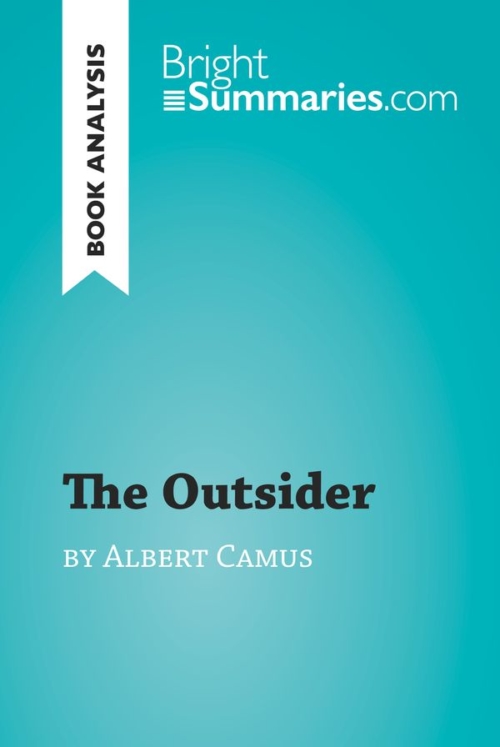Brighton Rock by Graham Greene (Book Analysis)
Brighton Rock by Graham Greene (Book Analysis)
Detailed Summary, Analysis and Reading Guide
Read more
This practical and insightful reading guide offers a complete summary and analysis of Brighton Rock by Graham Greene. It provides a thorough exploration of the novel’s plot, characters and main themes, including the influence of the thriller genre in the 1930s and the novel’s portrayal of Catholicism. The clear and concise style makes for easy understanding, providing the perfect opportunity to improve your literary knowledge in no time.
This clear and detailed 50-page reading guide is structured as follows:
- Biography of Graham Greene
- Presentation of Brighton Rock
- Summary of Brighton Rock
- Character study
- Pinkie
- Rose
- Ida
- Analysis of Brighton Rock
- 1930s thrillers
- Religion in Brighton Rock
About Brighton Rock
Brighton Rock tells the story of Pinkie Brown, most frequently referred to simply as ‘the Boy’, a teenaged mob boss who operates in the Brighton area on the English coast. After organizing the murder of a newspaper columnist, Pinkie realizes that a series of loose ends could tie him back to the crime. In an effort to cover his tracks, he decides to intimidate and then seduce a waitress named Rose to prevent her from testifying against him, in spite of his revulsion to sex. However, the pair bond over their shared working-class, Catholic backgrounds, leading to a series of events that soon begin to spiral out of Pinkie’s control.
About Graham Greene
Graham Greene was one of the most popular British novelists of the 20th century. He converted to Catholicism relatively early in life, and this religious sensibility is reflected in much of his literary work, which was also influenced by his extensive travels and his struggles with depression. His writing spanned and often blended literary fiction and thrillers, and he was shortlisted for the Nobel Prize in Literature on two occasions. He died in Switzerland in 1991.
Product details
| ISBN | 9782808014601 |
|---|---|
| Publisher | Plurilingua Publishing |
| Collection | Brightsummaries.com |
| Format | |
| Pages | 50 |
| File size | 2.1 MB |


